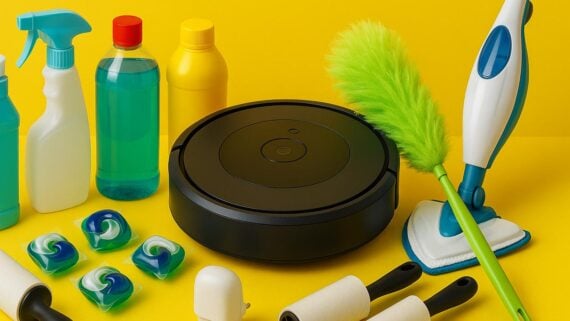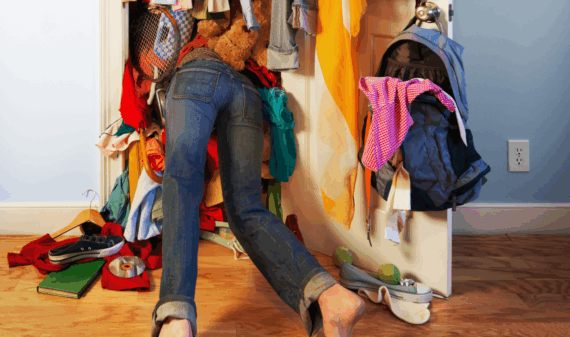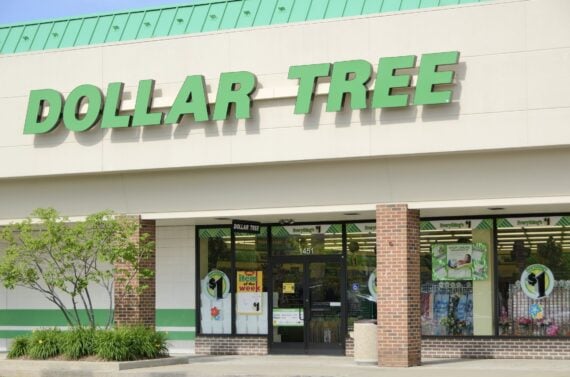Like so many other things you don’t need to buy, many cleaning products don’t work well, do more harm than good, or can be skipped in favor of a much cheaper do-it-yourself solution. Here are some items that are better left on the shelves, along with some smart substitutes to use instead.
Laundry Detergent Pods
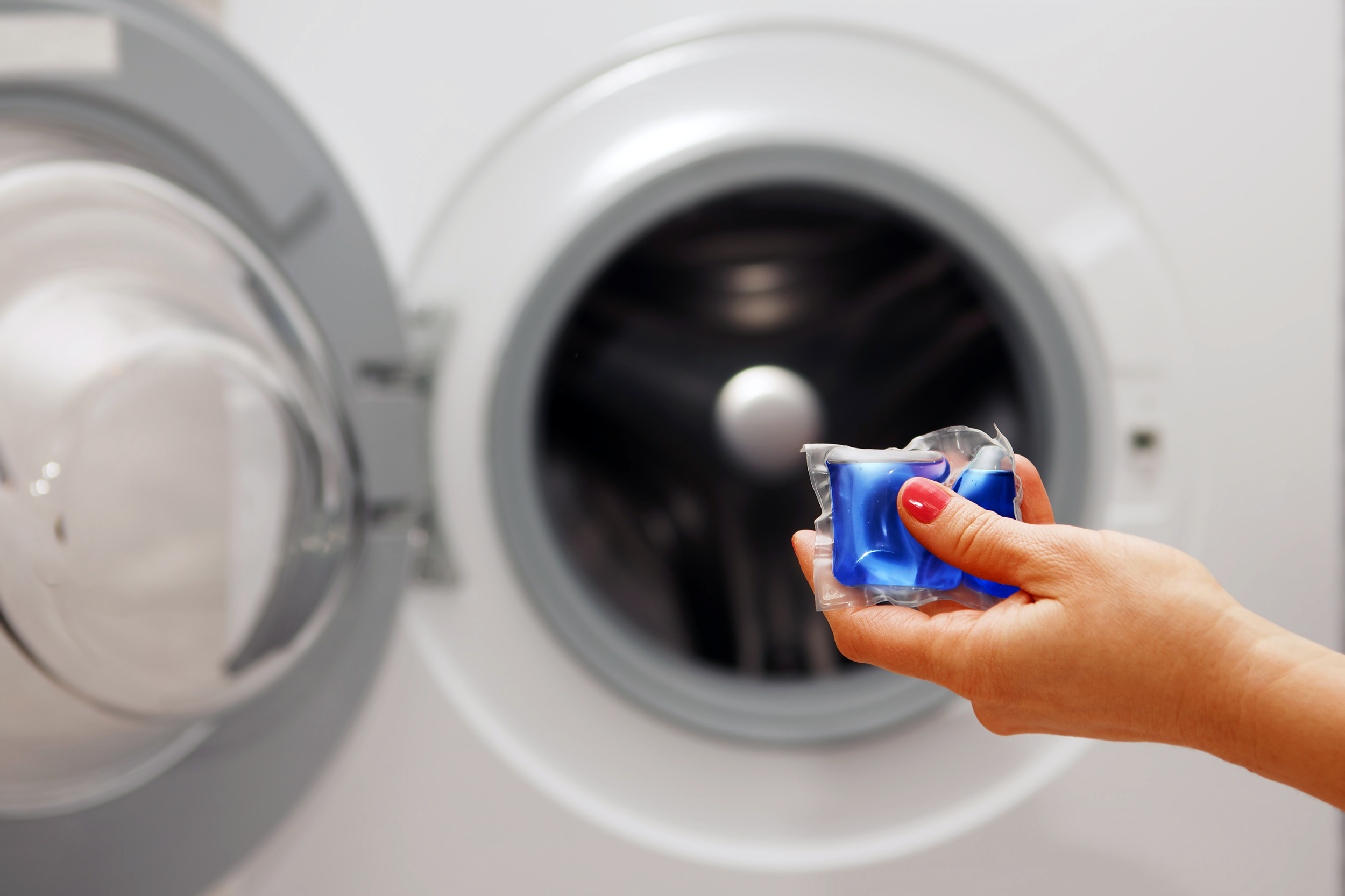
Why they’re a waste: Safety concerns aside, we’ve never been fans of detergent pods. First, they’re much pricier than regular detergent: a 72-load case of Tide Pods may run you around $19, while the same $19 could get you a large bottle of liquid Tide that would power through at least 96 loads. Second, experts have found that, as a group, they just don’t clean as well as liquid detergent, sometimes even leaving stains and residue behind.
Try this instead: Stick with the store-brand liquid detergent from your local warehouse club to make your dollars go further. If you must have laundry pacs, Costco’s Kirkland brand will clean better for less.
Swiffers

Why they’re a waste: Sure, they’re convenient, but have you ever thought about how many of those wet or dry Swiffer cloths you’re piling into the trash (and eventually, the landfill) every week? Even if the environmental angle doesn’t sway you, the cost might. A pack of 32 Swiffer Dry refills might set you back nearly $10, which means you’re spending around a quarter for every little touch-up — and much more if you go through multiple cloths or use the pricier Swiffer Wet refills.
Try this instead: Invest upfront in a convenient cordless stick vacuum that can be used on both carpet and hard floors. If you need to deep-clean dirty floors, use an old-fashioned mop.
Air Fresheners
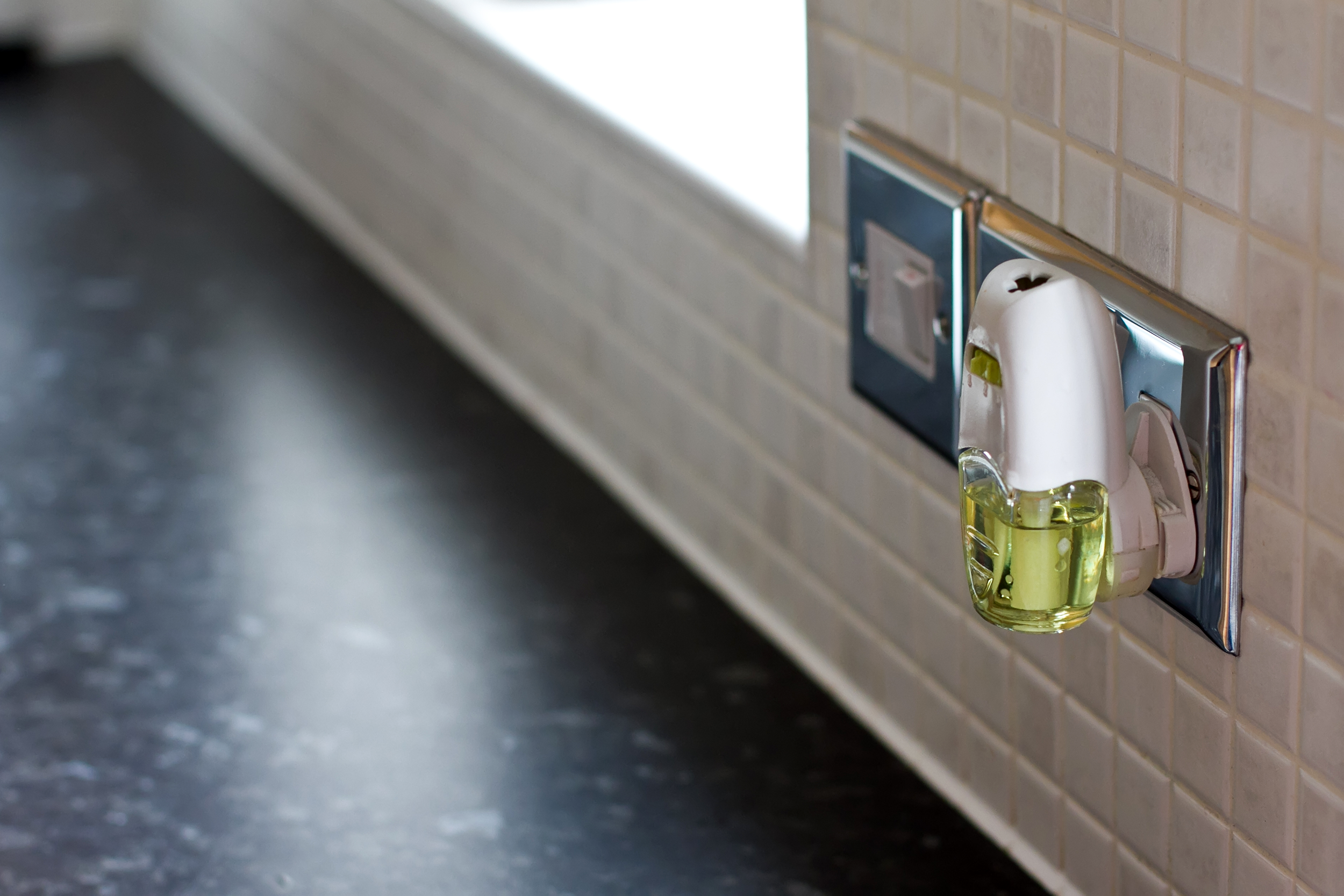
Why they’re a waste: The air-freshener industry continues to rake in the cash, and it’s no wonder: Scented-oil refills for an outlet freshener can cost upward of $2.50 a pop, and you’ll often find yours running low after just a couple of weeks. Even worse, nearly 20% of people say air fresheners can trigger headaches, breathing issues or other health issues.
Try this instead: Open a window, or neutralize odors naturally with baking soda and a few drops of essential oils.
Disinfecting Wipes
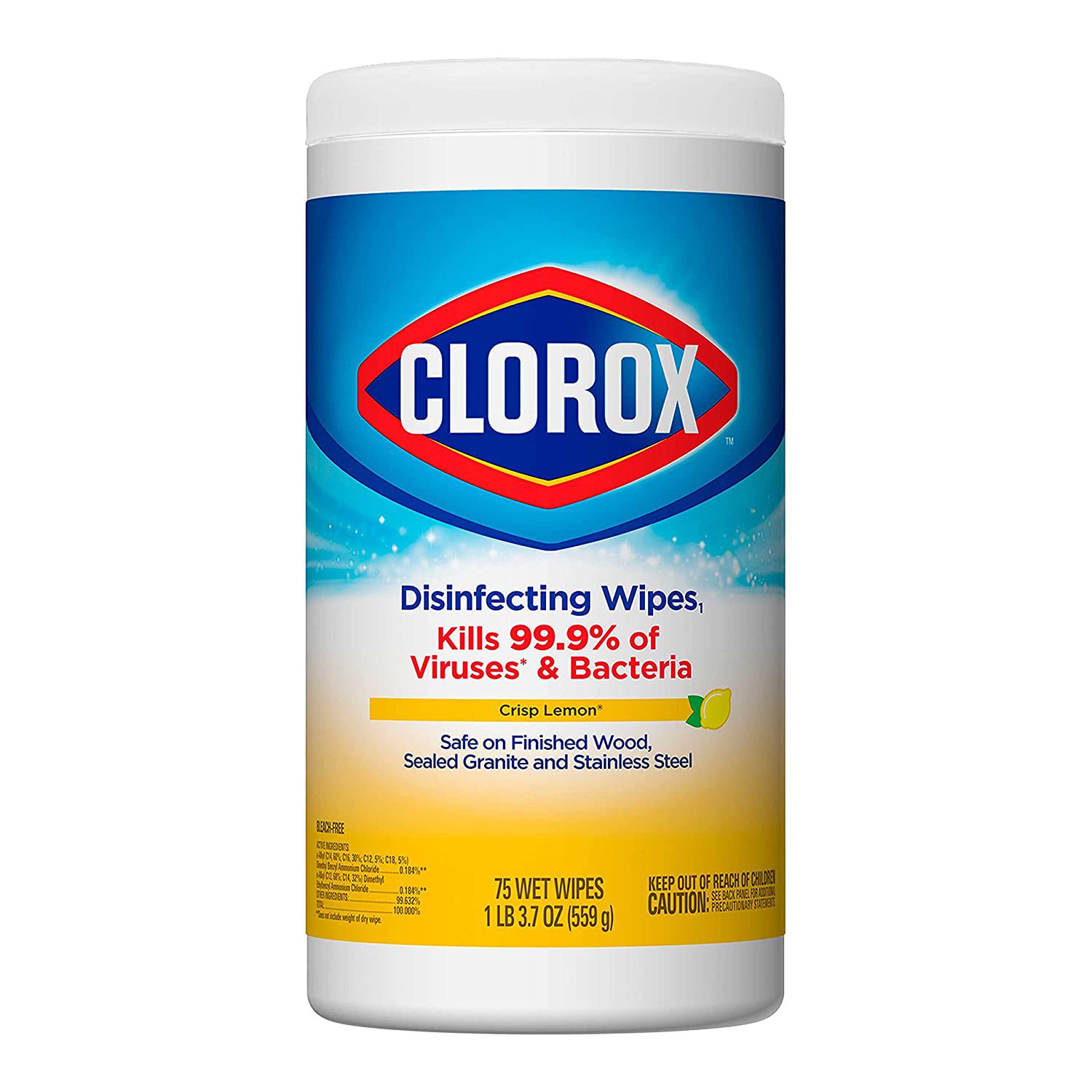
Why they’re a waste: Like Swiffers, disinfecting wipes (or really any pre-moistened cleaning wipe) are a convenience product you’ll pay dearly for. A $5 can of 80 wipes will last only a couple of weeks if you’re using a few a day. Over a year, you’d be using more than $100 worth of wipes at that rate — ouch — and putting more than two dozen plastic canisters in the trash.
Try this instead: Assess whether you really need to use a disinfectant wipe. If spraying a reusable rag with a disinfectant is too much of a hassle, you can make your own wipes using old washcloths, water, rubbing alcohol, and dish soap.
Automatic Toilet Cleaners
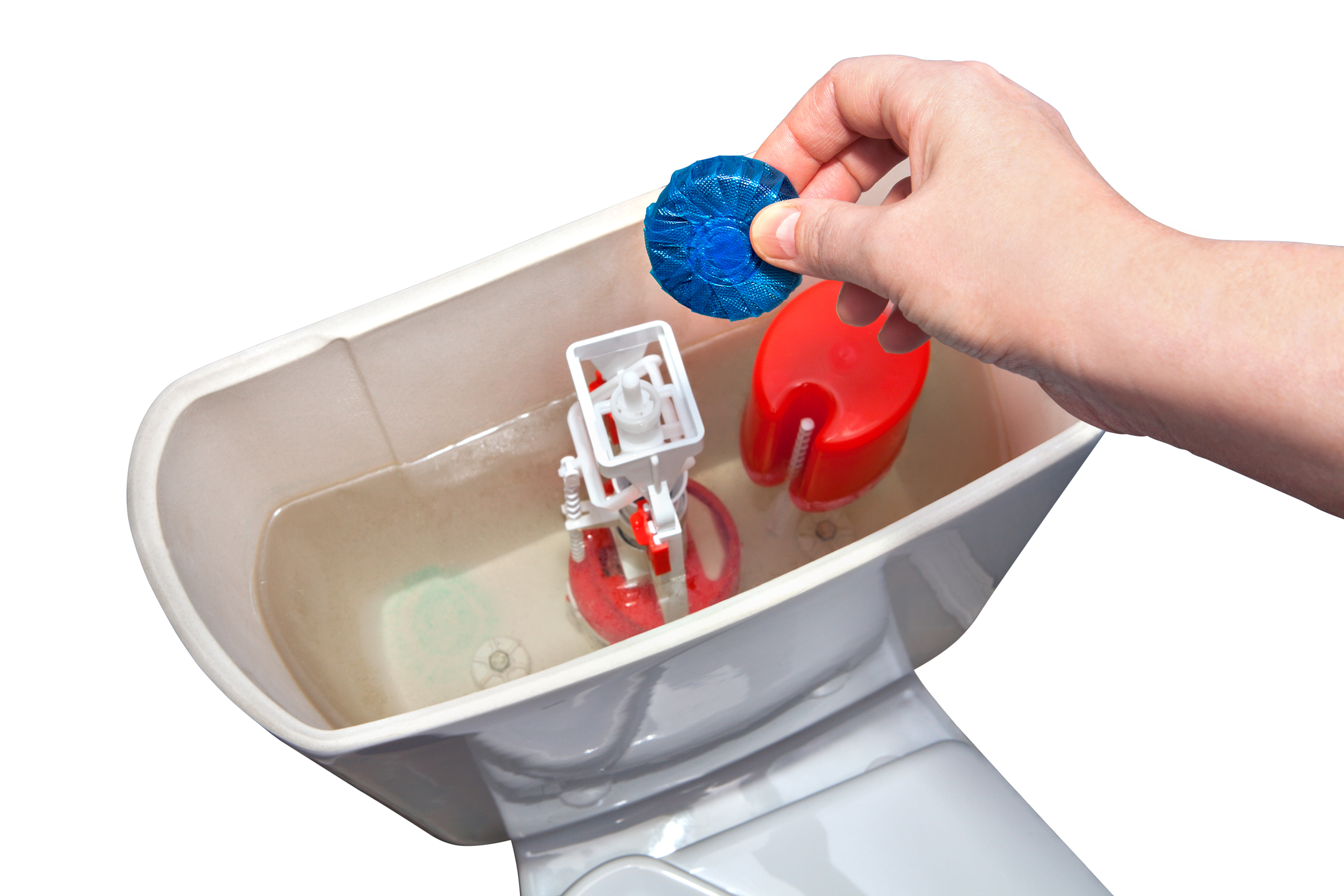
Why they’re a waste: Automatic toilet cleaners, often sold in the form of drop-in tablets, have chemicals that can wear out the working parts inside your toilet tank, plumbers warn.
Try this instead: To help keep your toilet bowl from getting too gnarly between deep cleans, try distilled white vinegar. Pour a half cup inside the tank and a half cup inside the overflow pipe in the middle of the tank, Florida-based Hefner Plumbing recommends.
Trending on Cheapism
Ionic Air Purifiers

Why they’re a waste: No one likes the thought of breathing in dirty air, but filter-free air purifiers that rely on ionizers don’t effectively trap and remove allergens, experts say. Worse still, they release low levels of ozone that can be harmful to inhale.
Try this instead: Steer clear of ionic air purifiers and opt for air purifiers that feature a HEPA filter to capture allergens. While you will need to replace the filters periodically — typically every year — you can purchase a decent model for under $100.
Steam Mops
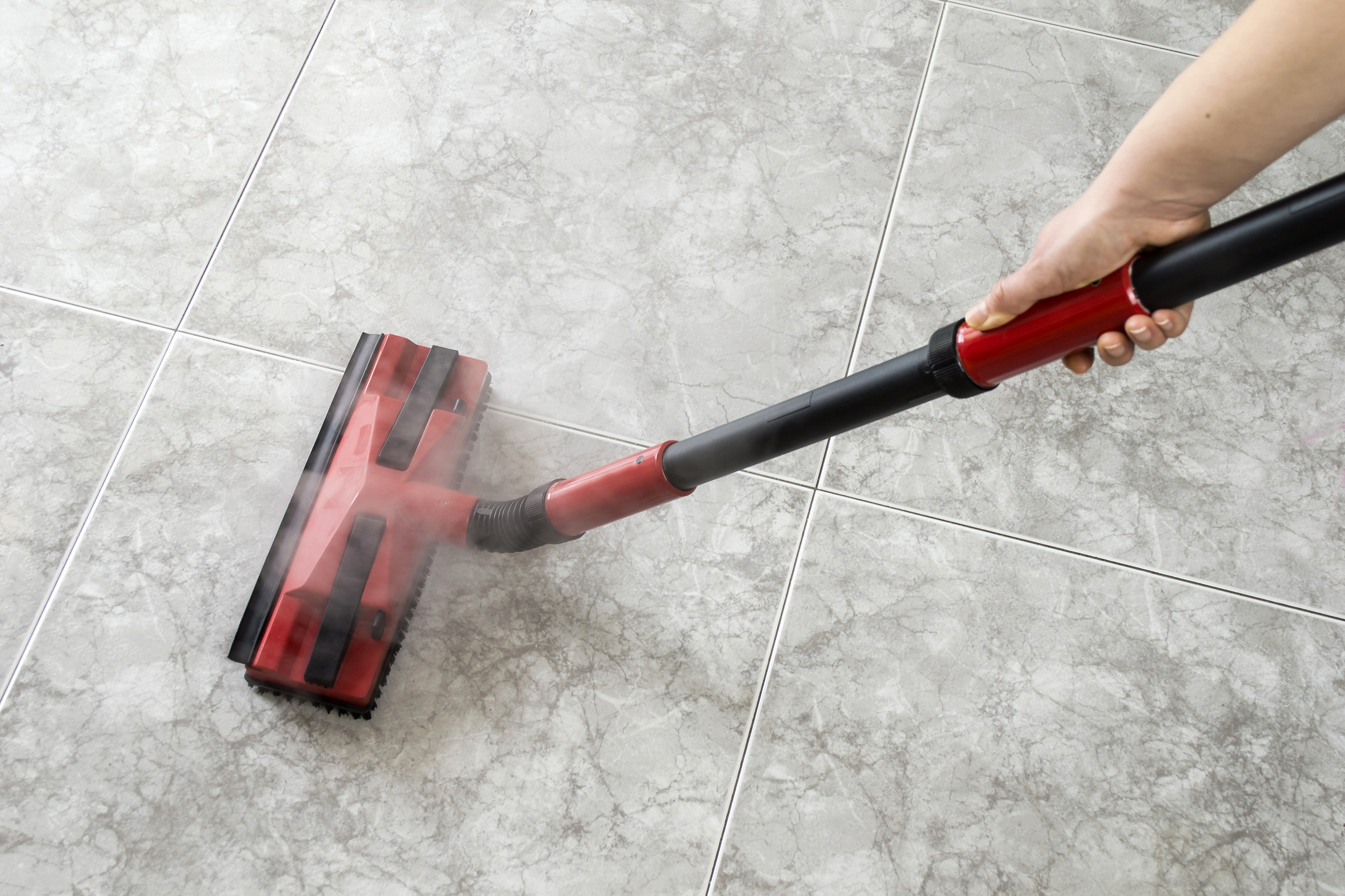
Why they’re a waste: The majority of steam mops tested by Consumer Reports failed to impress, simply pushing aside big messes and leaving floors looking dull. Steam mops can actually damage floors, especially hardwood and laminate, by leaving behind excessive moisture. Some flooring manufacturers will even void your warranty if you’ve been using a steam mop to clean.
Try this instead: Use a regular ol’ spin or squeeze mop to clean your floors more effectively and for less money. Since you control how much moisture stays on the mop, it’s easier to ensure you aren’t leaving too much water behind.
Laundry Scent Boosters

Why they’re a waste: You have to hand it to Downy, Gain, Arm & Hammer, and others, who try to convince you to add another unnecessary product to your laundry routine. To be clear, scent boosters don’t make your laundry any cleaner or softer; they simply make it smell nice. And the overpowering scent lingering on clothing can actually irritate some people, causing headaches or other issues.
Try this instead: Your detergent alone should leave your clothes either lightly scented or odor-free, depending on the type you choose. If a scent is a must, try adding a drop or two of essential oils to wool dryer balls.
Sign up for our newsletter
Robotic Vacuums
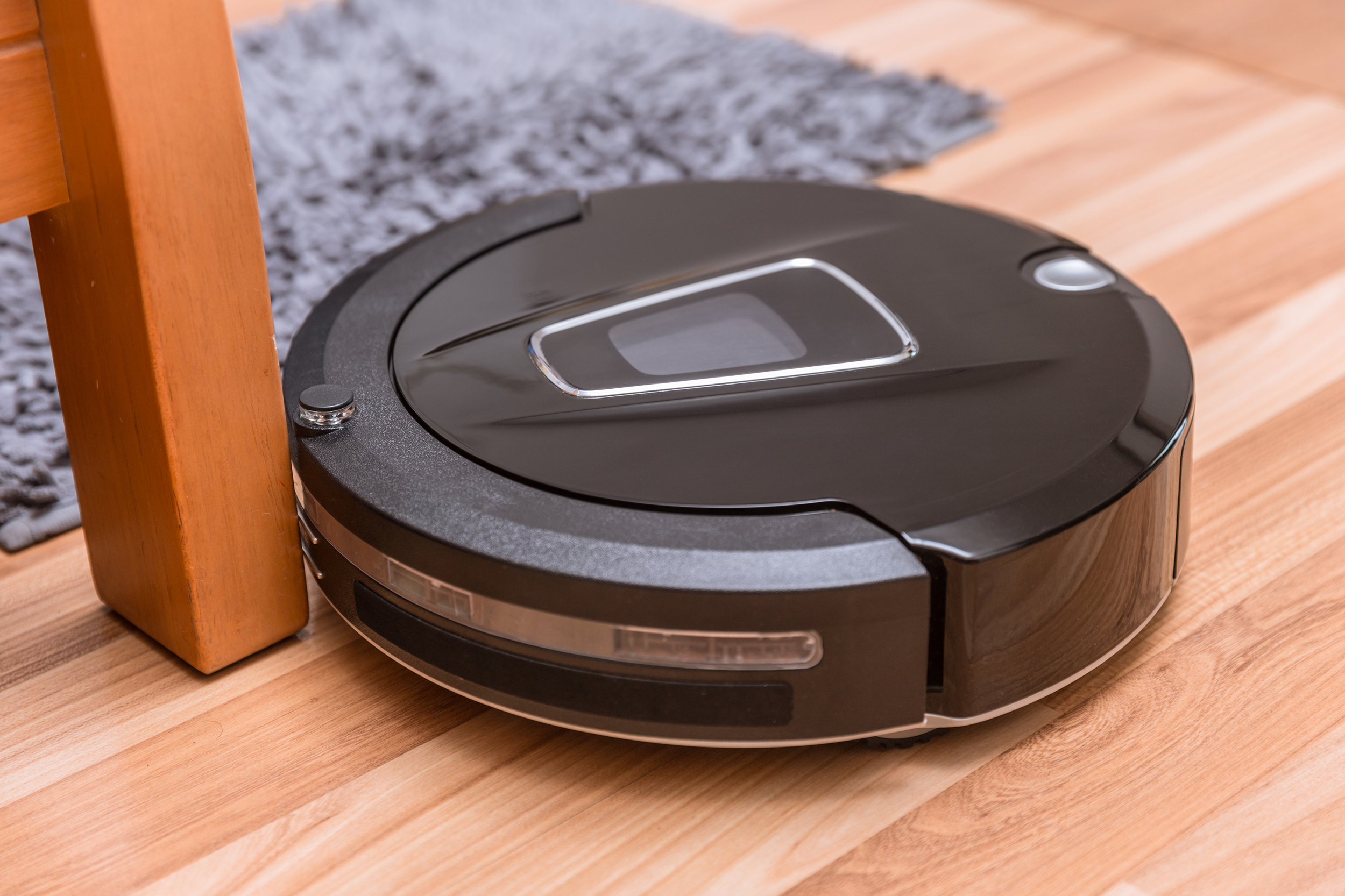
Why they’re a waste: Under a specific set of circumstances, robotic vacuums may work for you. Those circumstances? You have a relatively open floor plan that the bot can navigate easily, a house that’s relatively clutter-free, and preferably just one level to clean. Oh, and you have to be cool with spending double the money on a vacuum with much less suction than an upright.
Try this instead: Your non-robotic self can do a much better job in a much shorter time. We still think it’s hard to beat the convenience of a lightweight, cordless stick vacuum.
Lint Rollers

Why they’re a waste: Lint rollers may seem like a must for anyone who needs to banish pet hair or lint from clothing and upholstery. But it usually takes a ton of those sticky little papers to do the job, and after a week or so, you’ll be shelling out a few bucks for yet another refill that will also end up in your garbage can.
Try this instead: Slap on a rubber glove and slide your hand over furniture or rugs that have stubborn pet hair or lint. Or try a convenient microbristle brush that can be cleaned easily and used over and over again.
Feather Dusters
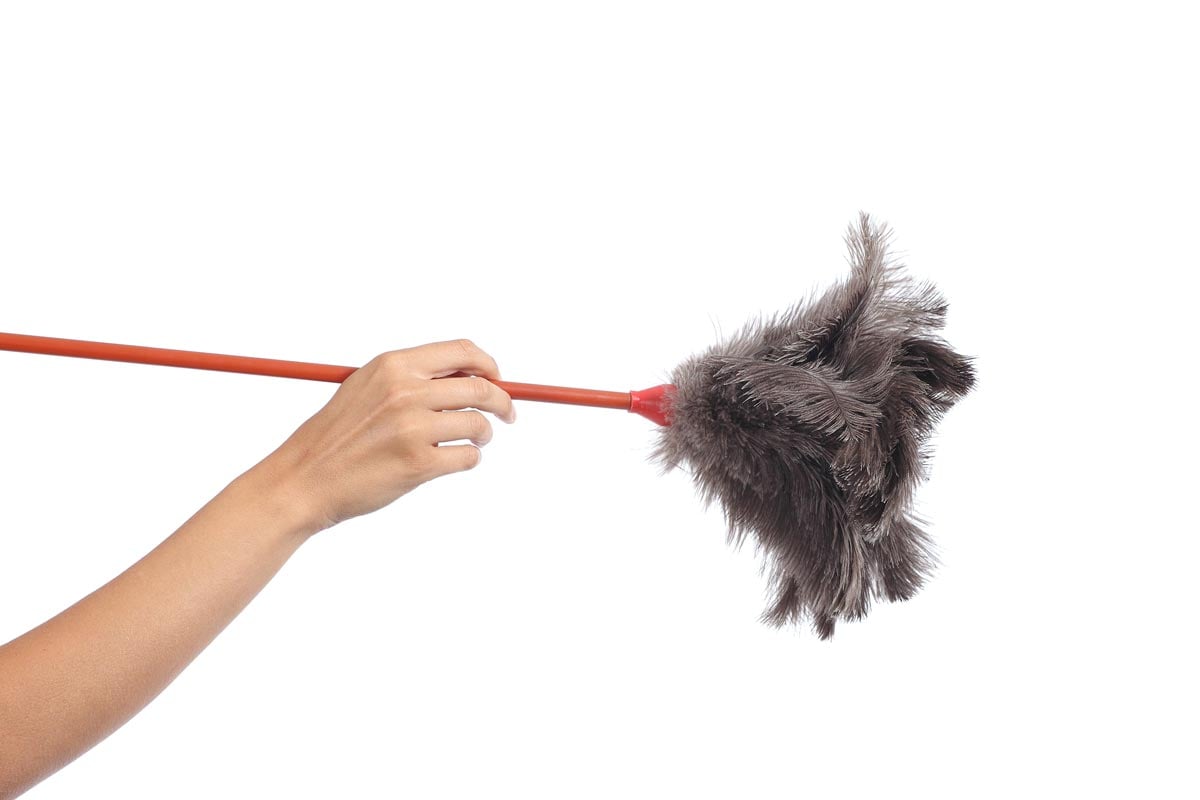
Why they’re a waste: These iconic dusters have been around forever because they do a good job, right? Wrong. Experts say all they really do is push the dust around, hiding it in a new spot or sending allergens into the air instead of locking it away as promised.
Try this instead: All you really need to dust most reachable surfaces is a slightly damp microfiber cloth. Experts recommend flatter ones for dusting solid surfaces; fluffier cloths may do better at holding onto dust from hard-to-reach nooks and crannies.
Disposable Toilet Brushes
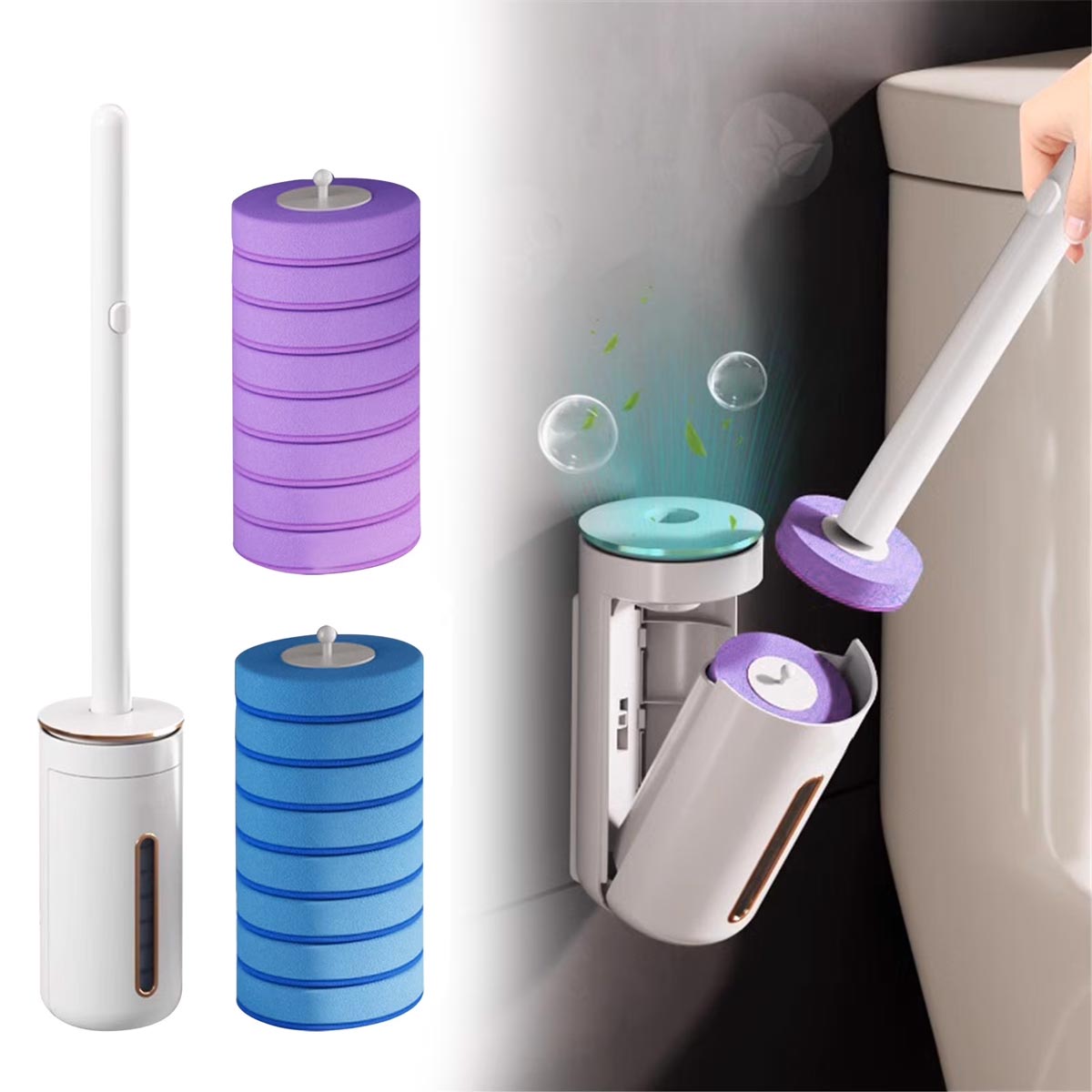
Why they’re a waste: We get it: This is one place you really don’t want to get your hands dirty. But toilet wands that use disposable brushes produce a lot of extra waste, including the brushes and scrubbers themselves, as well as their packaging. The cost of the refills adds up — you’ll pay more than $8 for 20 brushes. And as experts caution, the flimsy wands often snap, and the brushes aren’t great for scrubbing.
Try this instead: Stick with your old-fashioned toilet brush and preferred toilet cleaner. You’ll be able to clean with a lot more force for a lot less cash. Don’t want to stare at the brush? Get a model with a holder such as this one from OXO. The holder is ventilated to allow leftover water to evaporate on its own.
Paper Towels
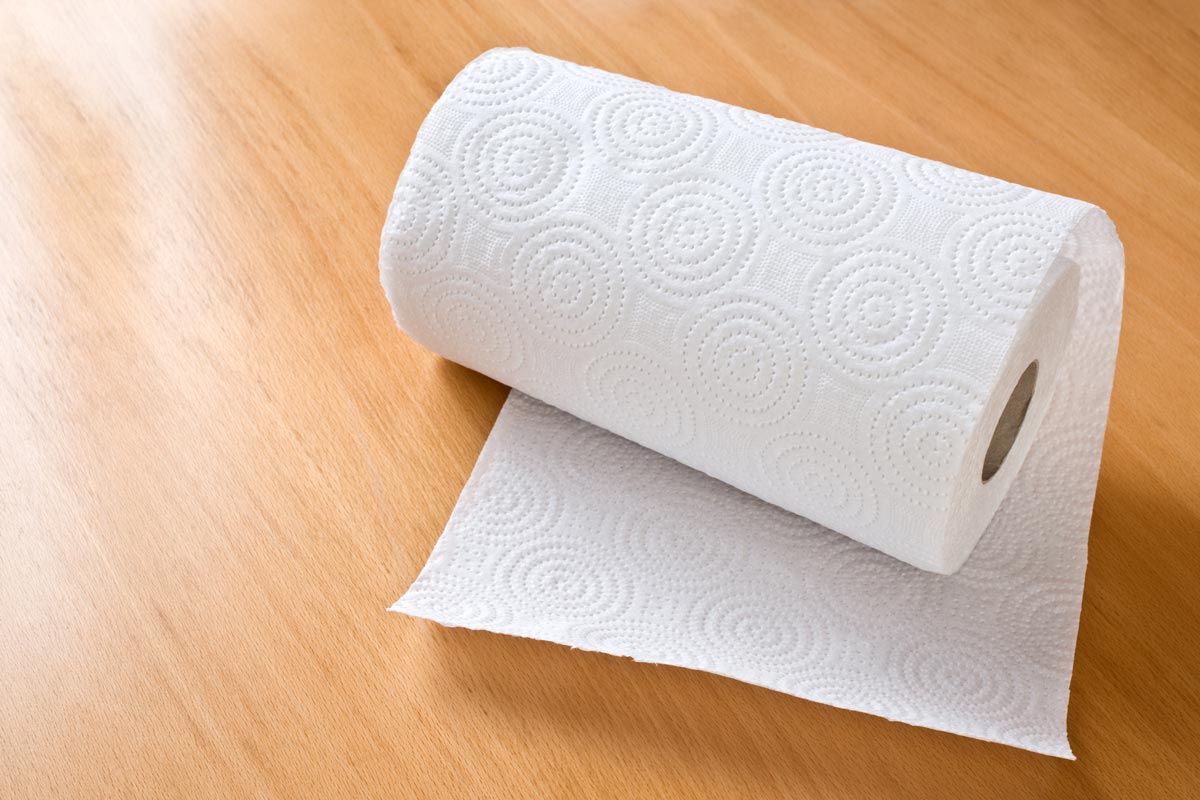
Why they’re a waste: Oh-so-handy paper towels are rough on the environment. They’re tough to recycle since they’re often greasy and already made from recycled fibers that are at the end of their lifespan. And of course, there’s the cost: Any busy family can blow through a couple of rolls a week. Assuming a cost of at least $1 a roll, that’s more than $100 a year on paper towels.
Try this instead: No, we don’t suggest drying out paper towels and using them again. Instead, opt for inexpensive, reusable microfiber cleaning cloths that won’t occupy too much space. They’ll do just fine wiping down counters and mirrors, dusting bookshelves and tables, and cleaning your car.
‘Natural’ Cleaners
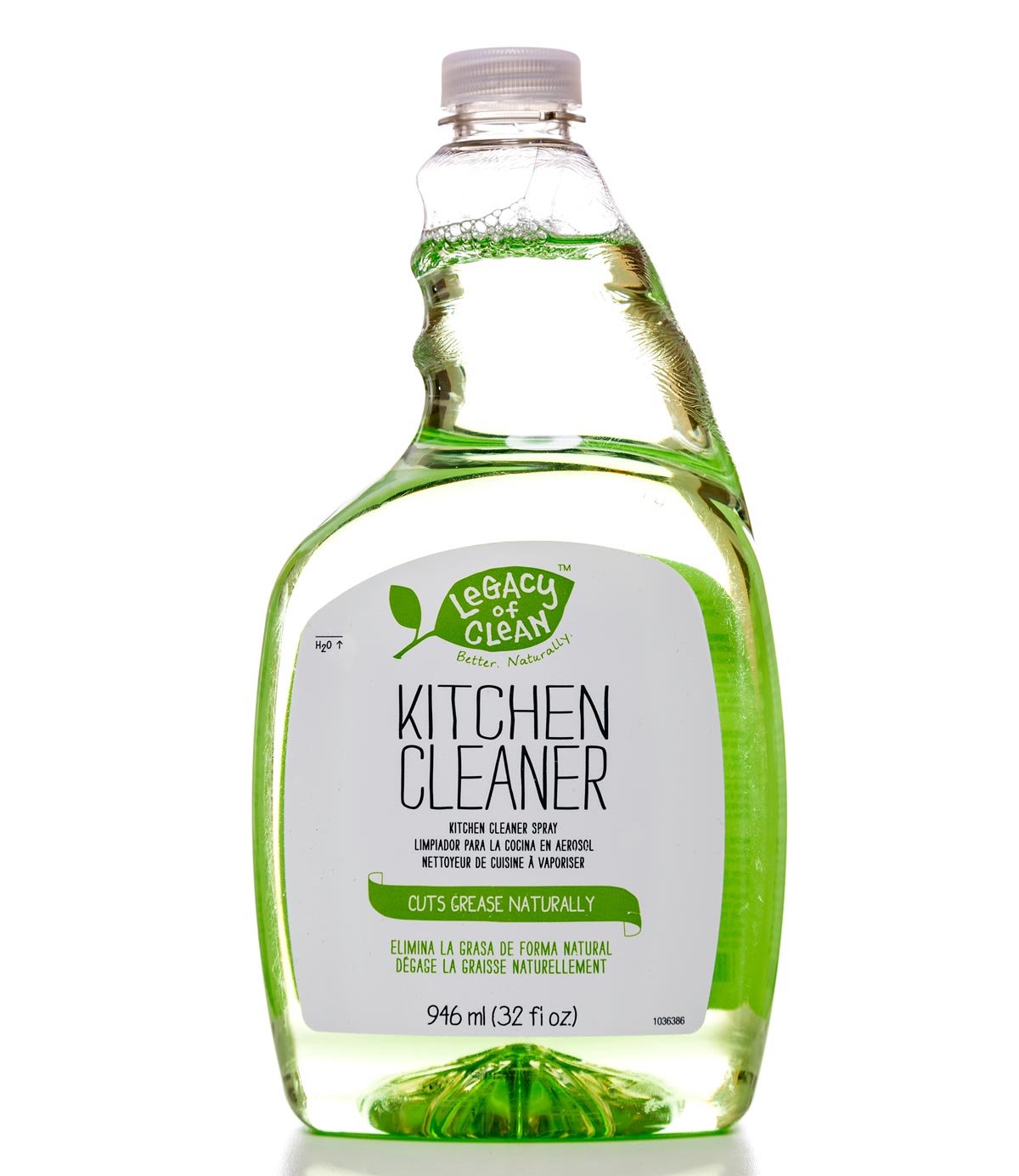
Why they’re a waste: Chances are that any bottle of cleaner labeled “natural” will cost more than its regular counterpart. But lax labeling regulations often mean you’re getting the same active ingredients, even if they are plant-based, which means they aren’t really all that much safer or healthier, experts tell consumer advocate and radio host Clark Howard.
Try this instead: Make your own cleaners, and there won’t be any confusion over the ingredients. For instance, water, vinegar, and rubbing alcohol can leave windows shiny. A mixture of vinegar, vodka, water, and a few drops of essential oils can be an effective disinfectant.
Cheap Grout Cleaners
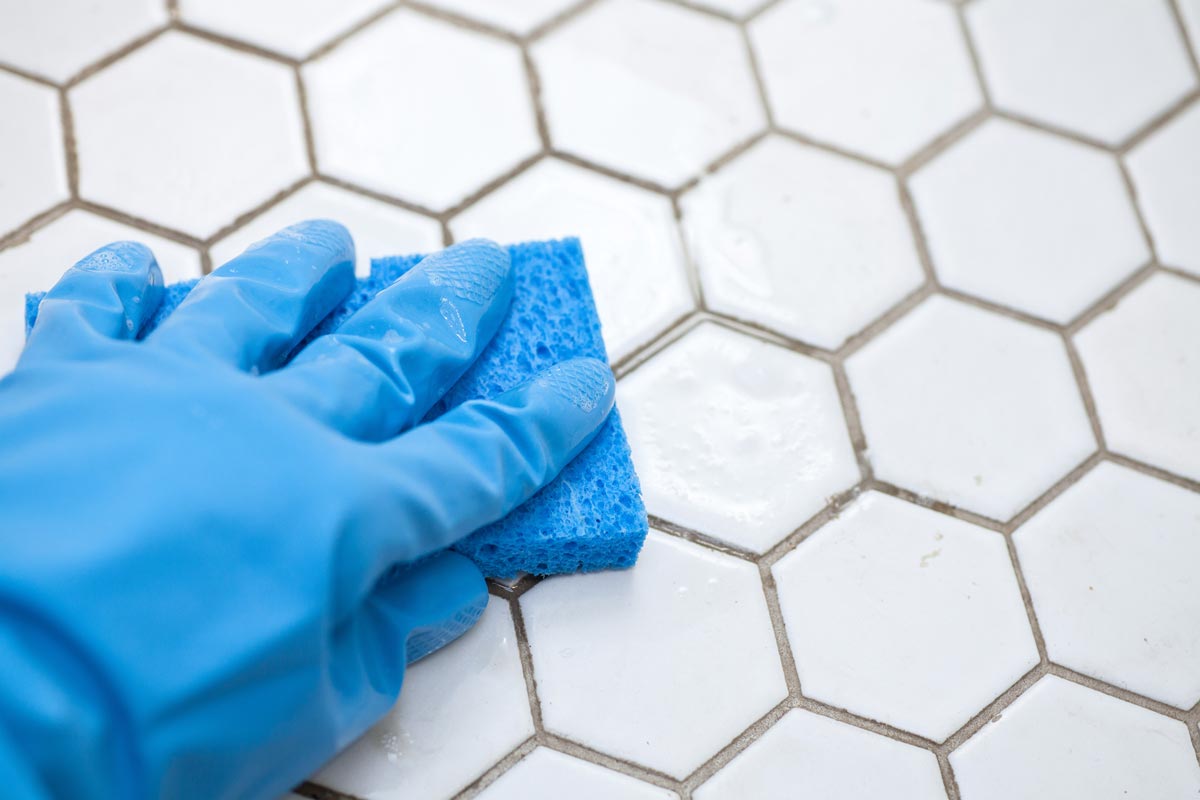
Why they’re a waste: It’s no secret that cleaning dingy grout is one of the most thankless cleaning jobs around your house. Consumer Reports found that a couple of cheap, as-seen-on-TV grout cleaners made big promises but failed to deliver; grout pens hide the nasty stuff until the white wears away, leaving you back at square one.
Try this instead: Unfortunately, plenty of elbow grease is the only effective way to clean dingy grout. A drill brush can add some “oomph” to the process without tiring your arm too much — just make sure the drill isn’t so powerful that the grout comes up. Others swear by magic erasers, but you’ll need to cut them down to fit and will still have to scrub, scrub, scrub.
Baby Laundry Detergents
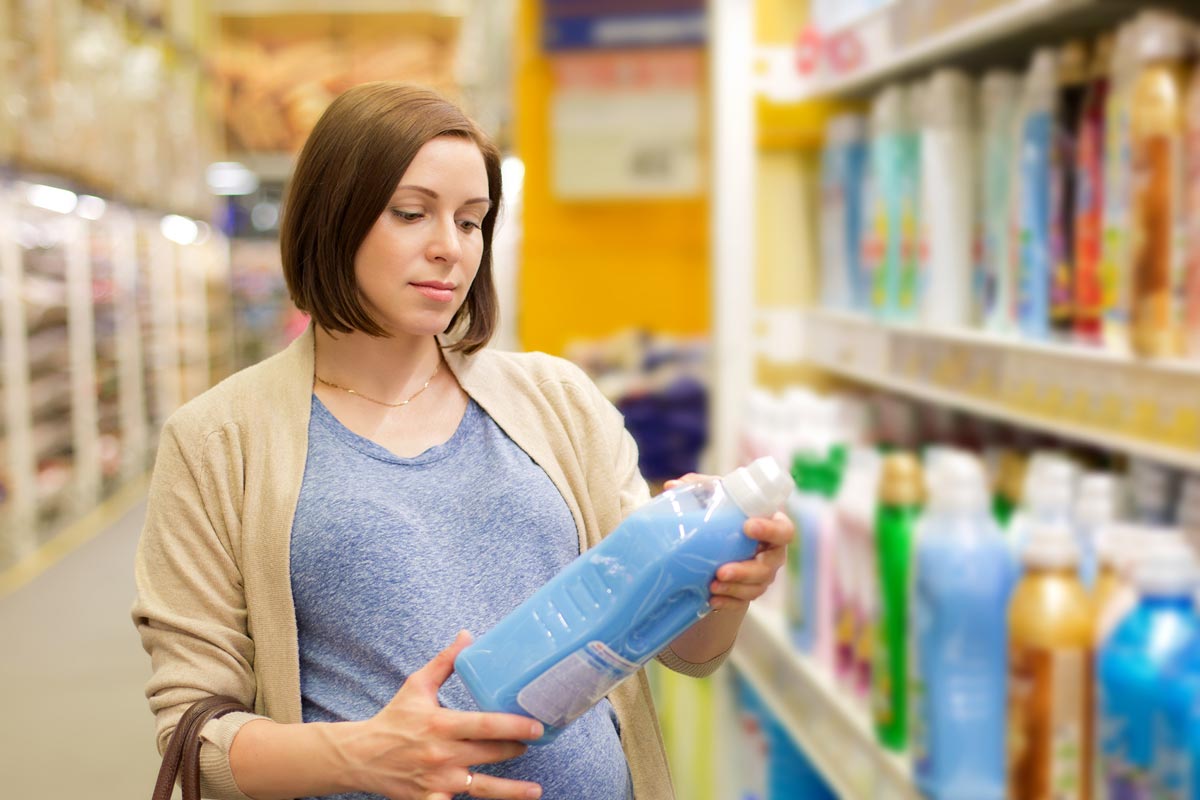
Why they’re a waste: Babies do have delicate skin, but unless they have severe allergies, eczema, or some other skin condition, experts say there’s no need to buy a baby-specific detergent. They’re very pricey compared with normal detergents: $13 may get you 65 ounces of Dreft, but more than double that amount of other liquid detergents. And because they’re so gentle, all those baby stains and odors can linger on clothing.
Try this instead: A regular, dye- and fragrance-free detergent, such as Tide Free & Gentle or All Free Clear, should work just fine. Skip adding extras such as fabric softeners, fragrance boosters, and dryer sheets to avoid introducing other substances that can cause irritation.
Drain Cleaners
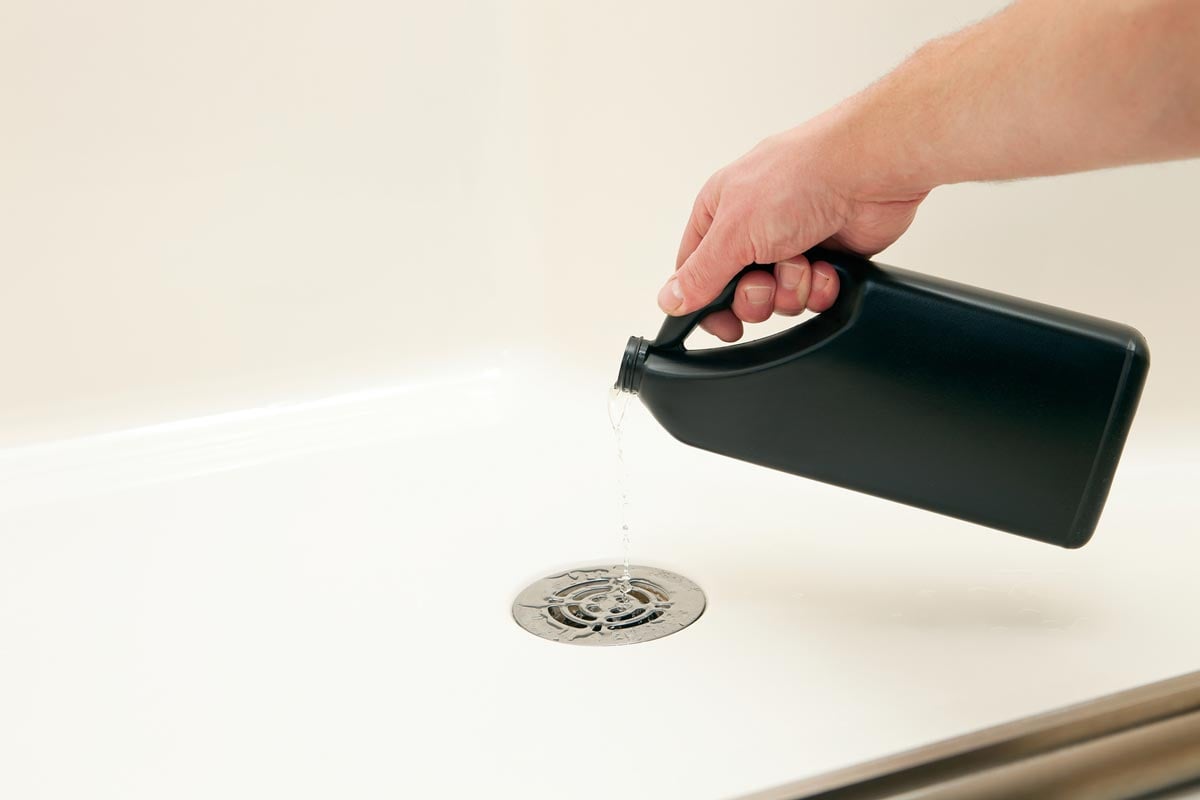
Why they’re a waste: Another popular product your plumber really hates? Drain cleaners such as Drano and Liquid-Plumr. The sodium hydroxide in these cleaners can actually eat away at your pipes, as well as ruin your enamel and other bathroom finishes, experts say. Oh, and they may not even work, depending on the cause of your backup.
Try this instead: Use force instead of chemicals. Get a plunger specially designed for sink and tub drains and go to town. A snake can do a great job grabbing hair from farther down your pipes.
Toothbrush Sanitizers
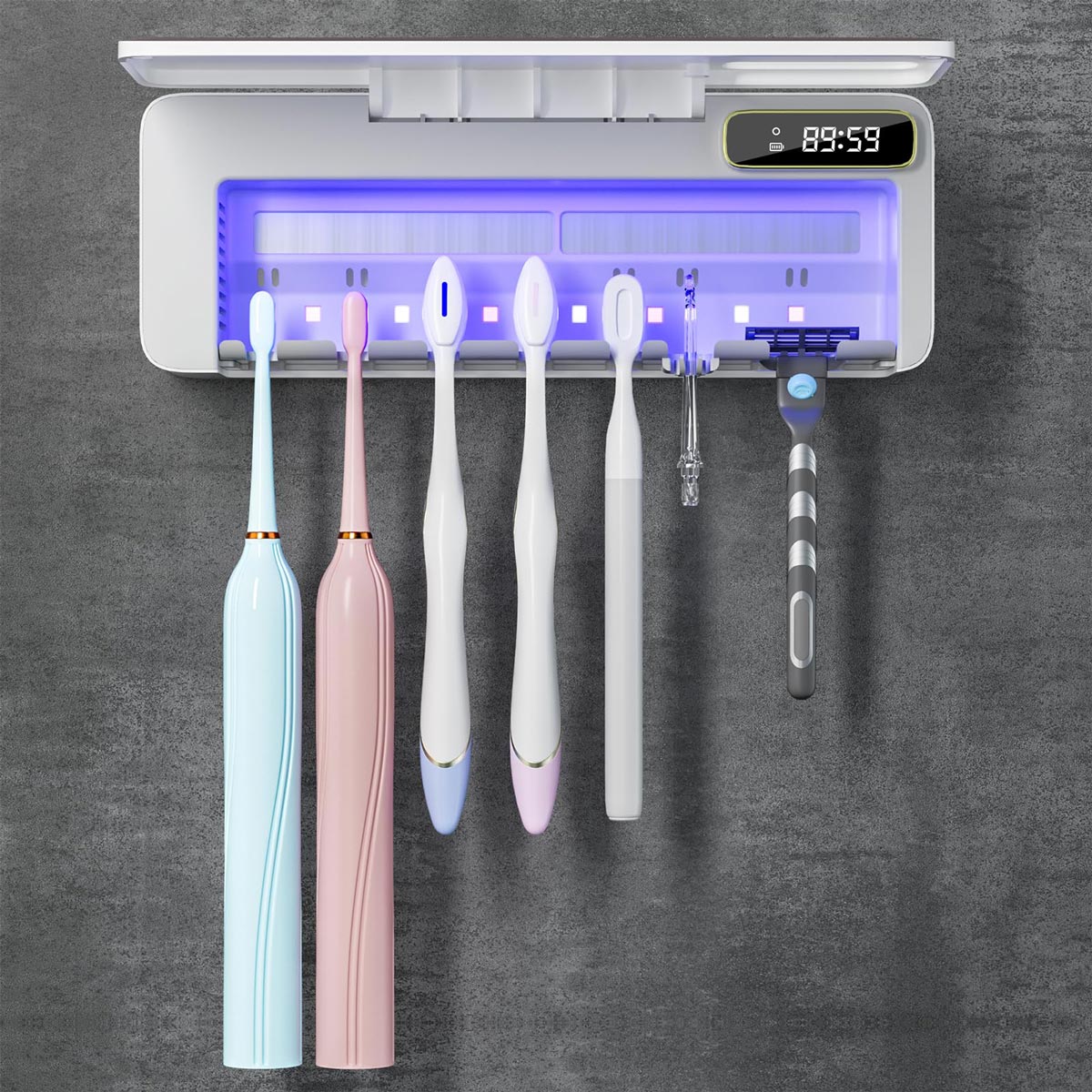
Why they’re a waste: It seems super cool, anyway: Shut your toothbrush into a handy dandy little case, then watch as ultraviolet light kills all the nasty germs and bacteria. But the American Dental Association is unimpressed, cautioning that there’s no evidence these devices improve your oral health.
Try this instead: The best course of action is probably the stuff you already do, experts say: Don’t share your toothbrush, rinse it thoroughly after use, store it upright and uncovered, and replace it every few months.
Oven Cleaners

Why they’re a waste: It’s relatively common for ovens to have a self-cleaning feature today. If that’s the case, most manufacturers advise against using commercial oven cleaners, as they can damage the oven’s interior. Even if your oven isn’t self-cleaning, you may want to skip these products if you’re prone to respiratory issues. The Environmental Working Group gives products like Easy-Off a failing grade due to the harsh ingredients.
Try this instead: Apply a paste made with baking soda and water, then let it sit overnight, The Kitchn advises. After wiping it all down the next day, spray vinegar on any remaining gunk to help loosen it.
Screen Cleaners for Electronics
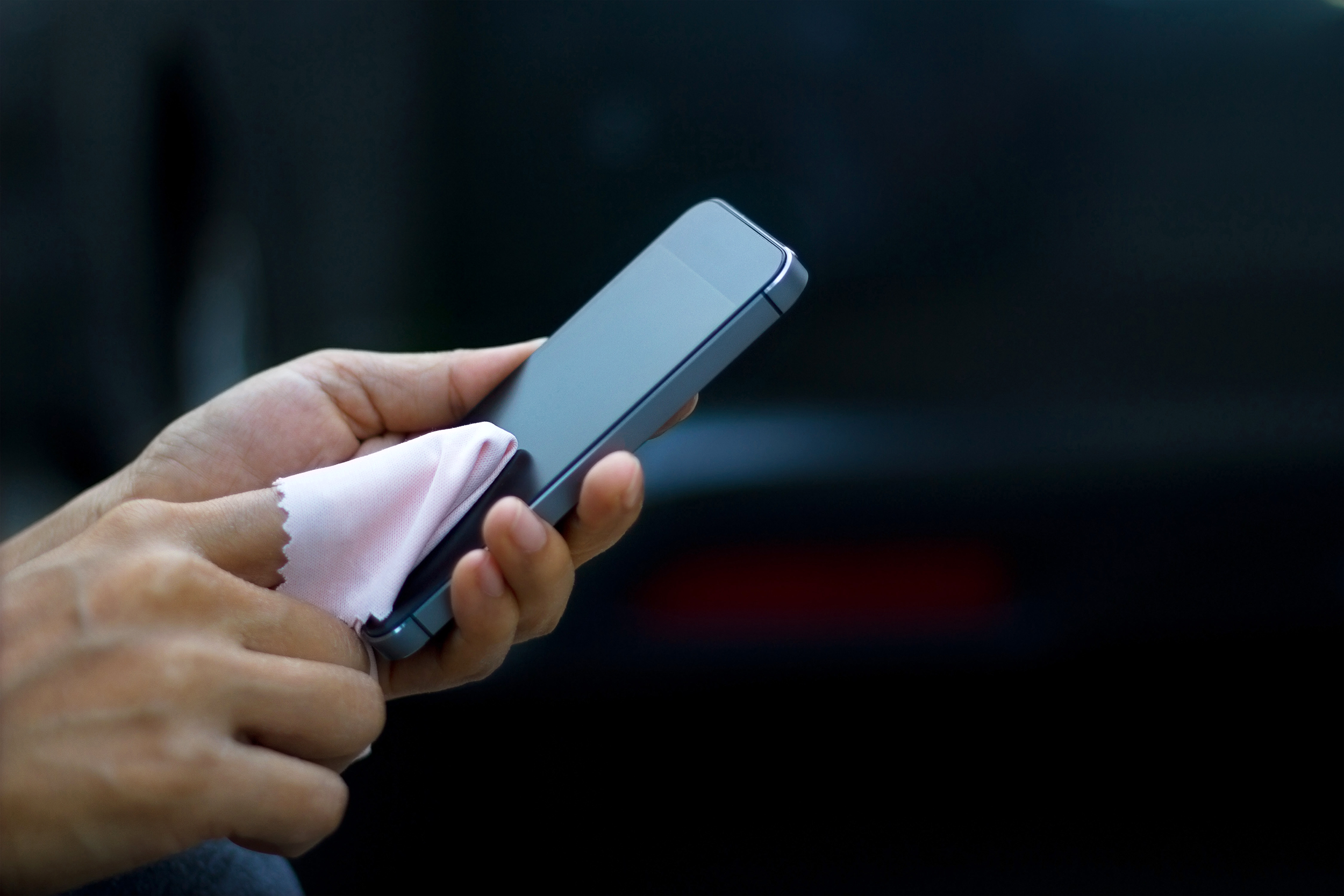
Why they’re a waste: A specially formulated screen cleaner is going to do its job. But these tubes of mysterious liquid, often sold with a special little microfiber cloth, are expensive.
Try this instead: Use just a little water on a microfiber cloth you already own — it worked just as well as a fancy cleaner in expert tests. Though some may recommend adding a little rubbing alcohol, CNET warns that you may want to steer clear if your device has an anti-fingerprint oleophobic coating (standard on smartphones).
For more great money-saving household tips, please sign up for our free newsletters.
